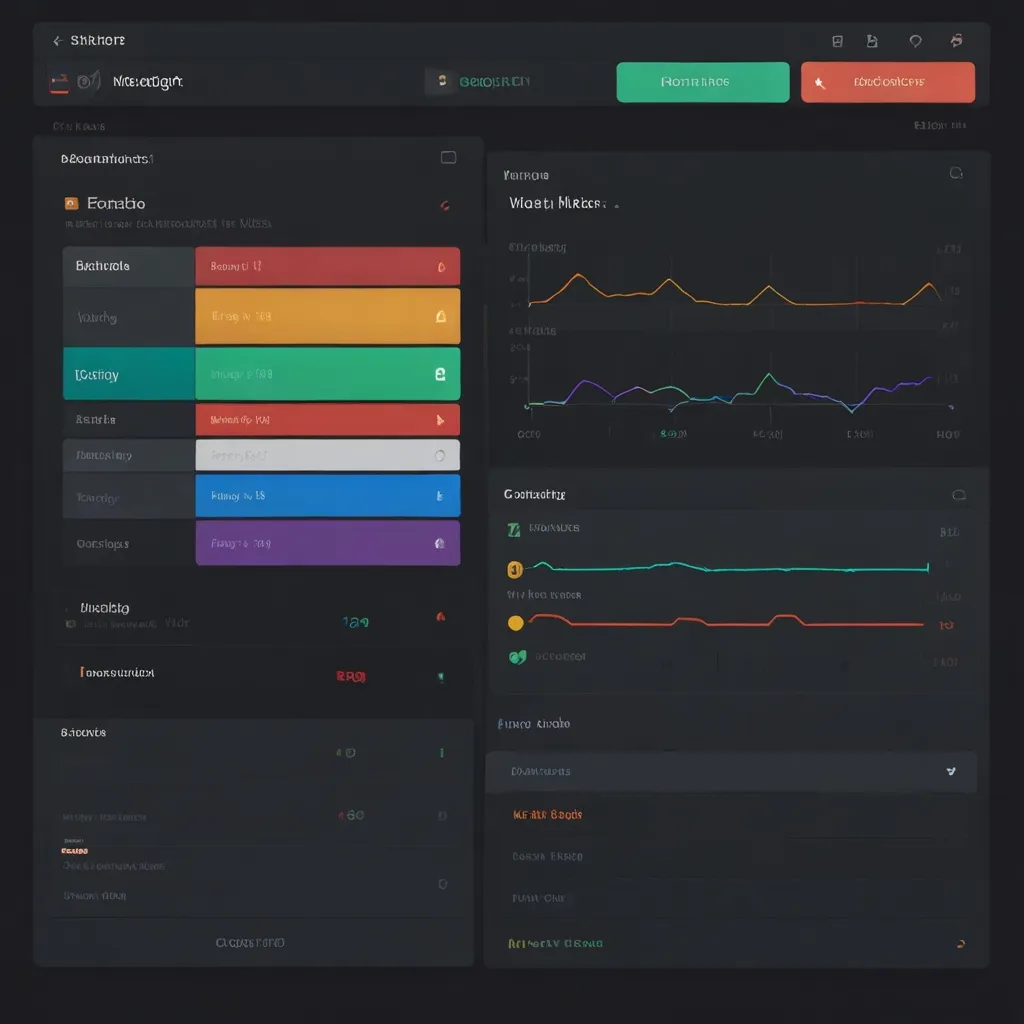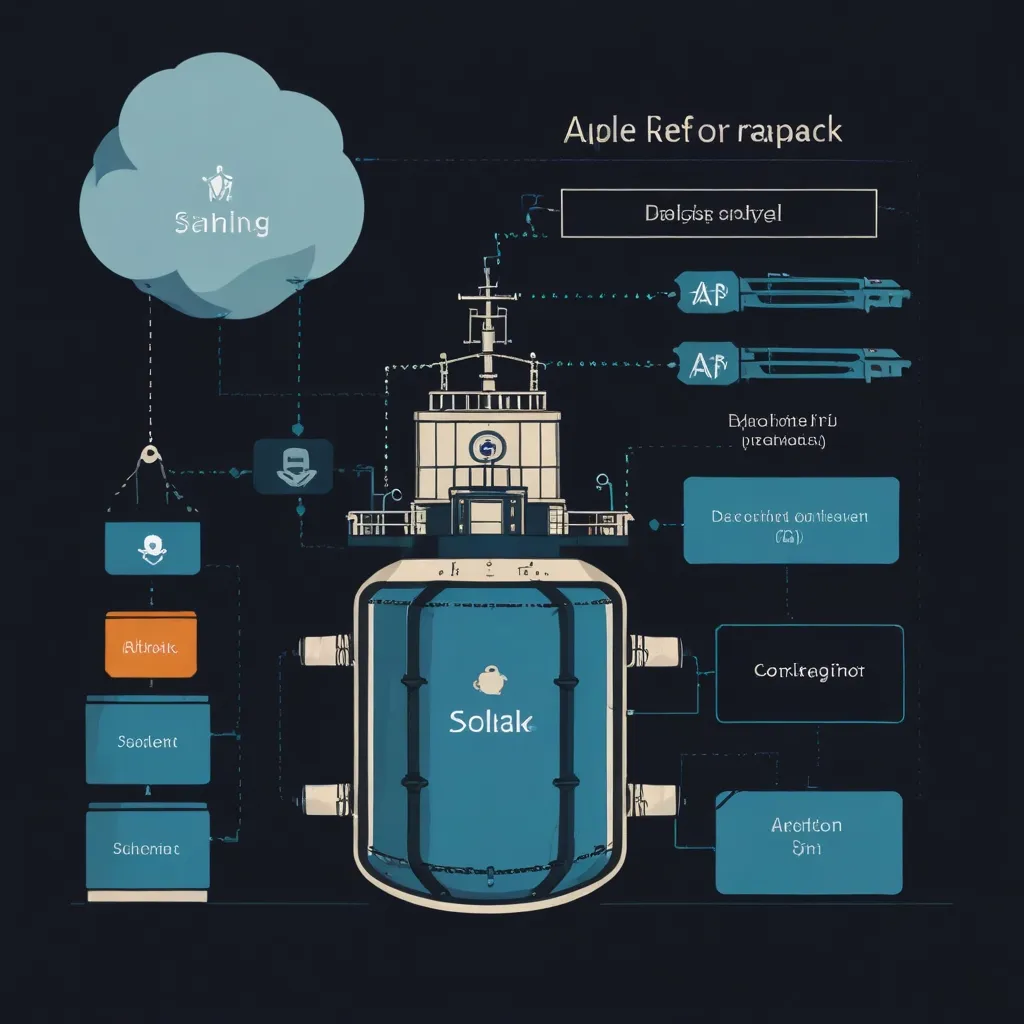Building a scalable architecture for modern software development projects is crucial, and using FastAPI along with Docker is an effective way to achieve this goal. FastAPI, a Python web framework, alongside Docker, a containerization platform, can be leveraged to create a robust and scalable microservices architecture.
Let’s dive into these tools.
Microservices architecture involves breaking down a complex application into smaller, independent services. Each service handles a specific business function and can be developed, tested, and deployed independently. This approach is more scalable and flexible compared to traditional monolithic architectures.
Each microservice in this setup communicates with others through lightweight protocols like HTTP/REST or messaging queues. For instance, in an e-commerce application, you might have separate microservices for user authentication, order processing, and inventory management.
FastAPI is a Python web framework specifically designed for building APIs quickly and efficiently. Here’s why it’s an excellent choice for microservices:
First, it automatically validates incoming requests using Python type hints, ensuring the data received is correct and consistent. Second, its support for asynchronous programming is crucial for handling concurrent requests efficiently, making it well-suited for scalable microservices. Third, FastAPI generates OpenAPI documentation automatically, providing a unified view of the entire system’s APIs. This helps developers understand and consume the services provided by different microservices. Lastly, it includes robust testing utilities, making it easy to test individual microservices independently.
On the other hand, Docker is a containerization platform that allows you to package your application and its dependencies into a single container, which can then be run on any system without worrying about compatibility issues.
Docker complements microservices architecture in several ways. Its containers are lightweight compared to virtual machines, sharing the host operating system without providing hardware virtualization. Docker also ensures that each microservice operates independently without affecting other services by running containers in isolated environments. Furthermore, Docker simplifies the deployment process by providing a consistent environment across development, testing, and production stages.
Now, let’s get our hands dirty and build a scalable microservice using FastAPI and Docker.
Start by setting up your project structure. Create a directory for your project and initialize it with the necessary files. For instance, you might have a main.py file for your FastAPI application and a Dockerfile for containerization.
Next, create the FastAPI application. Here’s an example in Python:
from fastapi import FastAPI
from pydantic import BaseModel
app = FastAPI()
class User(BaseModel):
name: str
email: str
@app.post("/users/")
async def create_user(user: User):
return user
This sets up a simple FastAPI application with a single endpoint to create users.
Then, write the Dockerfile:
FROM python:3.9-slim
WORKDIR /app
COPY requirements.txt .
RUN pip install -r requirements.txt
COPY . .
EXPOSE 8000
CMD ["uvicorn", "main:app", "--host", "0.0.0.0", "--port", "8000"]
This Dockerfile sets up a Python environment, installs dependencies, copies the application code, exposes the port, and sets the command to run the FastAPI application using Uvicorn.
Build and run the Docker container with these commands:
docker build -t my-fastapi-app .
docker run -p 8000:8000 my-fastapi-app
These commands build the Docker image and run the container, mapping port 8000 on the host to port 8000 in the container.
If you have multiple microservices, use Docker Compose to manage and run them together. Here’s an example docker-compose.yml file:
version: '3'
services:
user-service:
build: ./user-service
ports:
- "8000:8000"
depends_on:
- db
db:
image: postgres
environment:
- POSTGRES_USER=user
- POSTGRES_PASSWORD=password
- POSTGRES_DB=database
This file defines two services: user-service and db. The user-service depends on the db service and exposes port 8000.
Run the services with docker-compose up -d to start the services in detached mode.
Considering a practical example, let’s serve a machine learning model as a microservice. Train your machine learning model first and save it to a file.
Then, create the FastAPI application:
from fastapi import FastAPI
from pydantic import BaseModel
import pickle
import numpy as np
app = FastAPI()
class InputData(BaseModel):
features: List[float]
model = pickle.load(open("model.pkl", "rb"))
@app.post("/predict/")
async def predict(data: InputData):
prediction = model.predict(np.array(data.features).reshape(1, -1))
return {"prediction": prediction}
This sets up an endpoint to accept input data and return a prediction made by the loaded model.
Follow the same steps to create a Dockerfile and build the Docker image. Run the container with:
docker run -p 8000:8000 my-ml-app
This command runs the container and exposes the port.
Building a scalable microservices architecture using FastAPI and Docker is a powerful approach to modern software development. FastAPI offers automatic request validation, asynchronous support, automatic documentation, and robust testing utilities, making it an ideal choice for developing microservices. Docker’s containerization capabilities ensure that each microservice runs in an isolated environment, simplifying deployment and management.
By following these steps, create robust, scalable, and maintainable microservices capable of handling modern applications’ demands. Whether you’re serving machine learning models or building complex business applications, the combination of FastAPI and Docker provides a solid foundation for your microservices architecture.






